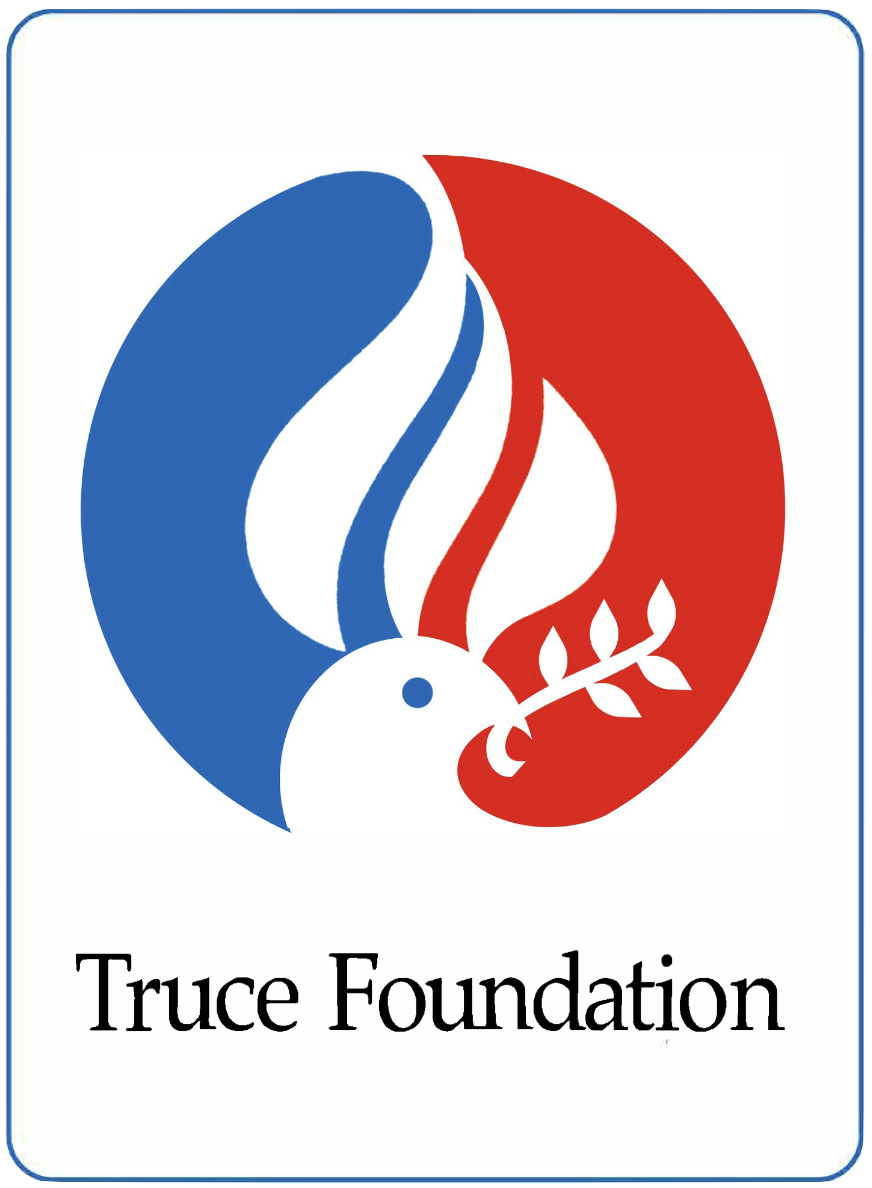The Flag used by both North Korea and South Korea - The Unification Flag
The following is from Revolvy.com and can be accessed at https://www.revolvy.com/main/index.php?s=Korean_Unification_Flag&uid=1575
Korean Unification Flag
The Unification Flag is a flag designed to represent all of Korea when North and South Korea participate as one team in sporting events. The flag represents a united Korea (both North and South). The background is white. In the center there is a blue silhouette of the Korean peninsula, including Jeju Island to the southwest and Ulleungdo and the Liancourt Rocks to the east, added in 2006.[1] The flag has no status as an official flag in either country.
Use in field of sport
The flag was first used in 1991 when the two countries competed as a single team in the 41st World Table Tennis Championships in Chiba, Japan and the 8th World Youth Football Championship in Lisbon, Portugal. The two countries' teams marched together under the flag in the opening ceremonies of the 2000 Summer Olympics in Sydney, Australia; the 2002 Asian Games in Busan, South Korea; the 2003 Summer Universiade in Daegu, South Korea;[2] the 2004 Summer Olympics in Athens, Greece; the 2006 Winter Olympics in Turin, Italy; and the 2006 Asian Games in Doha, Qatar; however, the two countries competed separately in sporting events. The flag was not used in the 2008 Summer Olympics in Beijing, China. Not only was a unified team shelved, even Beijing Olympics Organization Committee (BOCOG)'s plan to make the two Korean teams turn up back to back during the opening ceremony was rejected due to opposition by the North Korean delegation at the last moment.[3] The two countries continued to march separately at the 2010 Winter Olympics in Vancouver, the 2012 Summer Olympics in London, and the 2016 Summer Olympics in Rio de Janeiro. (North Korea did not participate in the 2014 Winter Olympics in Sochi.)
Use in other contexts
Other occasions on which the flag were used include the following:
- The flag was prominently displayed at the border between the two sides when South Korean president, Roh Moo-hyun, walked into North Korea on an official visit in 2007.[4]
- In 2010, a large group of North Korean citizens and officials waved the flag when saying goodbye to the South Korean Reverend Han Sang-ryol returning to South Korea from North Korea by crossing the DMZ line, but he was immediately arrested upon his return to South Korea.[5] [6]
- In 2012, A large group of North Korean citizens and officials waved the flag when saying goodbye to Ro Su-hui, vice-chairman of the Reunification of the Fatherland Union (Pomminryon).[7] This was on the occasion of his return to South Korea from North Korea by crossing the DMZ line. Media reports referred to the flag as the “Korea is one” flag.[8] He was immediately arrested upon his return to South Korea and later jailed.[9]
See also
- Chinese Taipei Olympic flag
- Proposed flags of Taiwan
- Division of Korea
- Flag of North Korea
- Flag of South Korea
- Korean peninsula
- Korean reunification
References
- Internet source
- "2015 SU Update: Both Koreas Marching Together Again after 2003 SU?". FISU.net. Retrieved 17 June 2016.
- Post-Beijing 2008: Geopolitics, Sport and the Pacific Rim
- YouTube, various videos of the President crossing the frontier
- South Korean Pastor in North Korea
- "South Korea pastor arrested on return from North visit". BBC. 20 August 2010. Retrieved 13 August 2014.
- S. Korean activist crosses Border in Panmunjom! - Ro Su Hui
- Paul Watson, The Guardian, Thursday 19 July 2012 "South Korea good, North Korea bad? Not a very useful outlook"
- International Committee for the Release of Mr Ro Su Hui denounces recent jail sentence
External links
Wikimedia Commons has media related to Korean Unification Flag.
- North & South Korea, Sydney 2000 (page on non-national Olympic flags)
- Relationship between South and North Korea in 1990s
- Explanation and detailed design of the Korean Unification Flag (Japanese language)
- North, South Agree to Add Dokdo to the Korean Unification Flag (News in Korean)
- Korean Unification Studies
